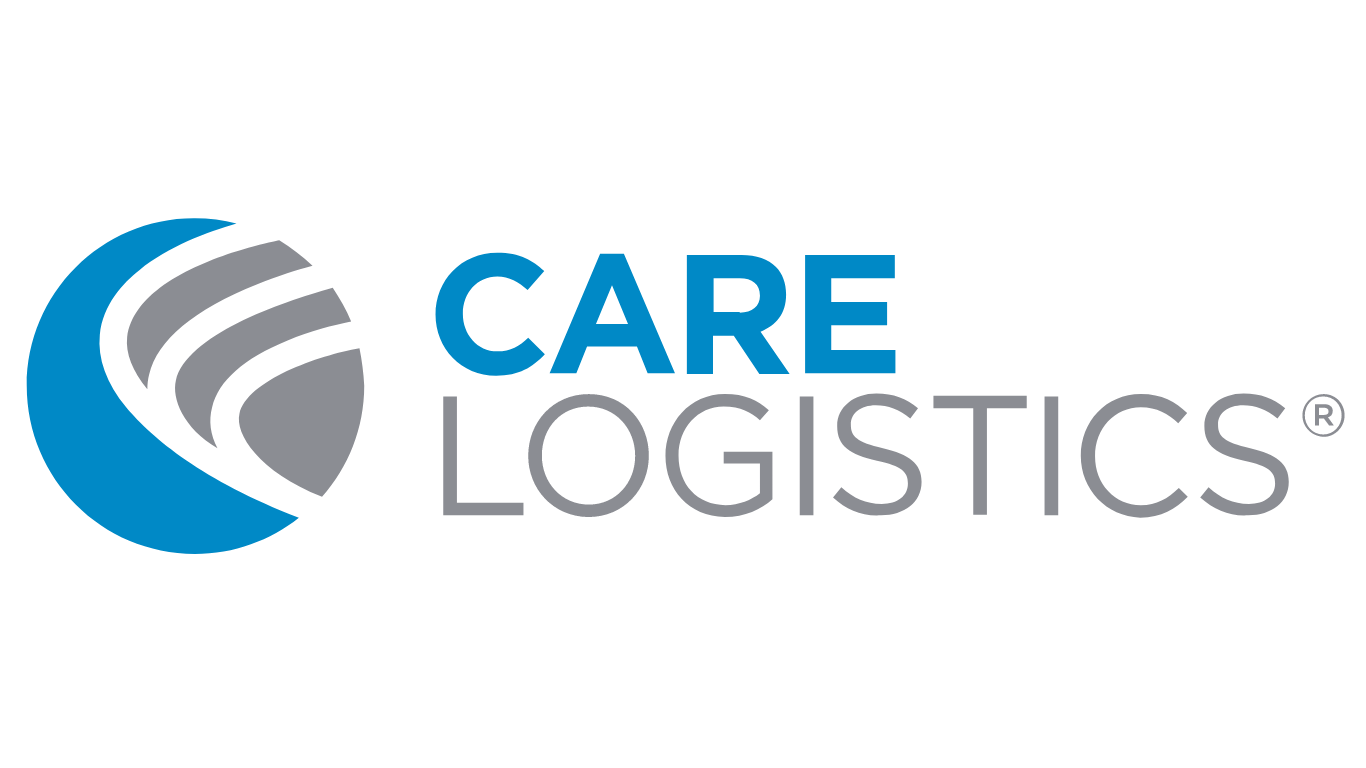Staying to the Left of Bang
Proactive Strategies for Navigating the Challenges of the Healthcare Industry
The atomic bomb. The creation of such a weapon has divided history into a dichotomy of “before” and “after”. Once thrust into existence, humanity is forced to battle with the chaos and uncertainty that follows. The recent film sensation from Christopher Nolan, Oppenheimer, has gotten the world thinking about the roles that individuals play in creating or preventing catastrophe. This question of individual responsibility rings true not just in the context of war, but in the challenges that we encounter in every arena. What if we could look ahead and avoid these catastrophes before they happen? That’s a challenge that healthcare leaders are faced with every day.
The healthcare industry, a complex and high-stakes arena, faces its own set of challenges and uncertainties. The landscape is ever-evolving, leaving hospital and healthcare leaders grappling with an important question: “How can we avoid chaos?”
The answer can be summarized in a concept called “Staying to the Left of Bang”. Let’s discuss how this military-derived principle can be applied to healthcare, helping hospitals not only survive but thrive in this unpredictable climate.
What It Means to "Stay to the Left of Bang"
"Left of bang" is a term originating from a military strategy that contextualizes the idea of taking proactive action to avert disaster (the “bang”) before it strikes. Running a hospital can often resemble a battlefield, as administrators must contend with a relentless barrage of threats – from pandemics and staffing shortages to emergency department diversions. Yet, too frequently, hospitals find themselves in a reactive mode of crisis management, resulting in negative consequences and the need for damage control. The question arises: Isn't it preferable to identify these threats and prevent them before they escalate?
To "stay to the left of bang" in the context of healthcare means mastering the arts of anticipation and awareness. It involves understanding the signs of impending challenges, actively seeking them out, and executing the appropriate measures to mitigate their impact.
Applying These Principles To Your Health System
Staying ahead of potential crises involves a threefold approach: recognizing, locating, and responding.
Knowing What to Look For:
Hospitals must possess the ability to identify patterns, trends, and recurring issues within their systems. This demands a deep understanding of data and its implications.
Finding It:
Full visibility across the health system is essential. Data must be organized efficiently, enabling swift identification of potential issues.
Knowing What to Do:
Armed with insights, healthcare leaders can make informed decisions to navigate challenges effectively. Furthermore, predictive analytics empowers hospitals to anticipate future issues, enabling strategic planning and preparation.
Pathways to Preventing Chaos
This vision of “staying to the left of bang” is obviously appealing, but how can a hospital practically execute this strategy in the current volatile climate?
Electronic Health Records (EHRs) offer a wealth of data, but the sheer volume can be overwhelming. Finding this data is a task in and of itself, let alone interpreting it. Additionally, EHRs have not traditionally excelled in user-friendly analytics and dashboards. To supplement EHR capabilities, hospitals can adopt supplementary tools that streamline data consumption, interpretation, and optimization.
Mastering Your Hospital's Timeline
Effectively navigating the healthcare landscape requires comprehensive intelligence spanning the past, present, and future statuses of your organization.
Retrospective Analytics:
Analysis of historical data unveils recurring issues and uncovers their root causes. This knowledge forms the foundation for strategic improvements.
Real-Time Intelligence:
Staying attuned to the present status of the health system enables prompt problem-solving, ensuring optimal patient care and progression.
Predictive Analytics:
Peering into the future equips health systems to strategize and preemptively address challenges, preventing potential crises from materializing. Predictive analytics use existing data to make directional predictions about issues that are likely to arise.
The Importance of Being Proactive vs. Reactive
The contrast between proactive and reactive decision-making is pivotal. While both have their place, lacking a proactive approach sets the stage for failure. A reactive mindset positions a health system as a passive observer, dealing with the aftermath of the "bang." In contrast, a proactive stance empowers hospitals to seize control of their narrative and future trajectory.
To stay to the left of bang is to embrace proactive thinking. In this pursuit, digital overlays like CareEdge™ emerge as valuable allies. This digital overlay equips your system with the tools you need, such as retrospective, real-time, and predictive analytics. CareEdge™ facilitates data utilization by providing actionable resolutions to identified problems. We recognize that health systems don’t need MORE data, they need help using it more effectively.
Set Your Health System Up For Success
As Oppenheimer's creation changed the world irreversibly, healthcare's complexities similarly reshape the lives of countless individuals. In this dynamic arena, the principle of "staying to the left of bang" offers hospitals a lifeline to efficiency and sustainable results. By recognizing, locating, and proactively addressing inefficiencies, healthcare organizations can navigate their journey with foresight, resilience, and the ability to shape their own destiny – all while ensuring the best possible care for their patients.



